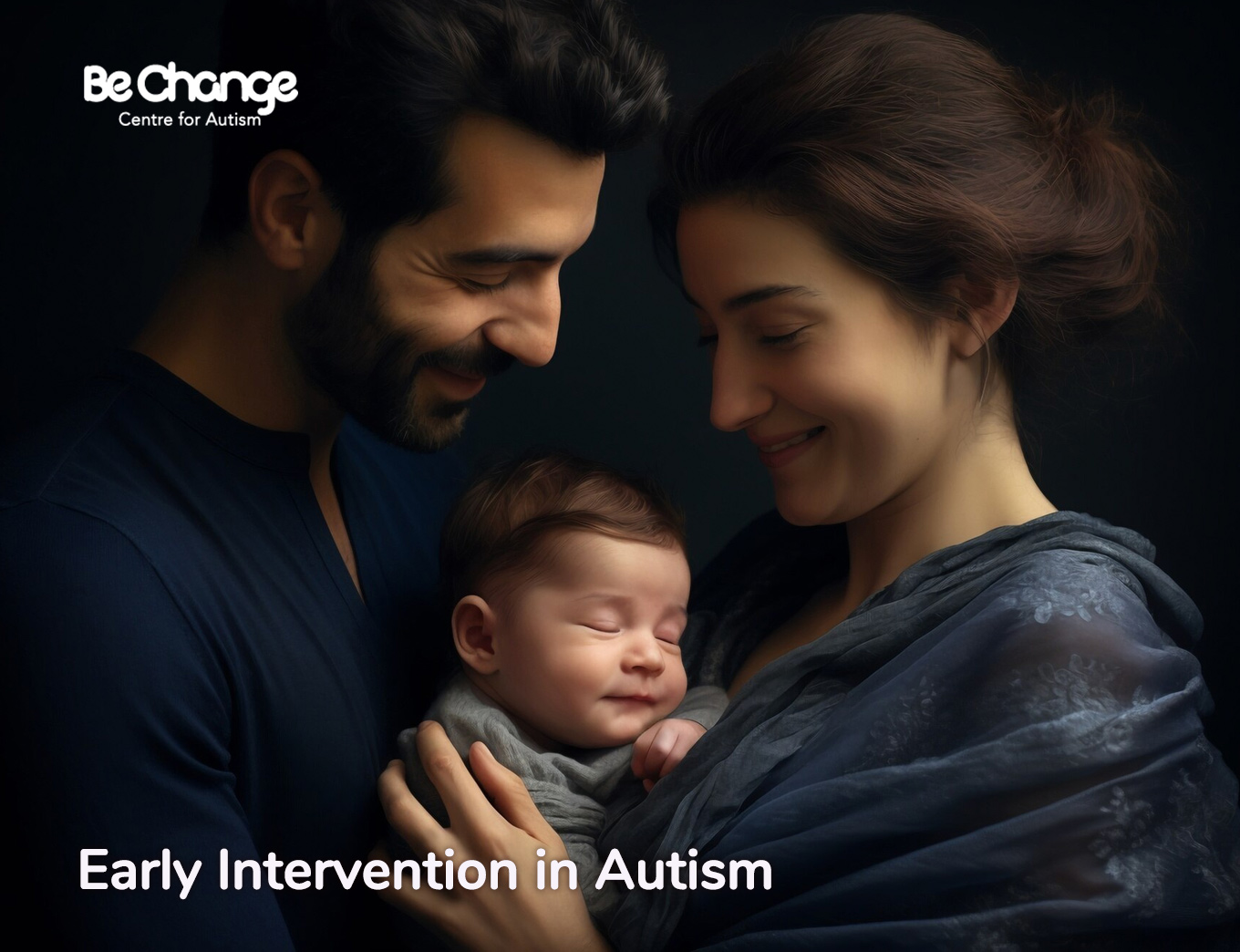When a child is newly diagnosed with autism, parents often feel an urgent need to act quickly to address the symptoms they observe. Common responses include seeking speech therapy if the child is not talking or occupational therapy if the child exhibits hyperactivity or sensory issues. While these therapies are important and can be beneficial, it is crucial to understand that addressing the underlying behavioral issues should be the priority. This approach ensures that other interventions, like speech and occupational therapy, can be more effective.

Behavioral issues are often the root cause of many symptoms associated with autism. For instance, a child who is not speaking might not benefit fully from speech therapy if underlying behavioral challenges are not addressed first. Similarly, hyperactivity and sensory issues might be better managed once behavioral patterns are understood and modified. Therefore, consulting a behavior therapist should be the first step in any intervention plan for a newly diagnosed child with autism.
Behavior therapy, particularly Applied Behavior Analysis (ABA), focuses on understanding the reasons behind a child’s behaviors. ABA uses evidence-based techniques to encourage positive behaviors and reduce those that may be harmful or disruptive. When a behavior therapist assesses a child, they can identify specific triggers and motivations for various behaviors. This understanding allows for more targeted and effective interventions.
Imagine a scenario where a child with autism exhibits frequent meltdowns when asked to transition from one activity to another. Without understanding the underlying cause, parents might seek occupational therapy to address sensory issues or social skills training to improve communication. However, a behavior therapist might discover that the meltdowns are triggered by a lack of clear expectations and difficulties with change. By implementing strategies such as visual schedules and gradual transitions, the behavior therapist can help reduce the meltdowns. Once these behavioral strategies are in place, occupational and speech therapies can then build on this foundation, becoming more effective.
Check out our new branch : https://maps.app.goo.gl/SNDxav7fybanc9Qe6

Another example is a child who has limited verbal communication. Parents might immediately seek speech therapy, which is essential, but a behavior therapist can first help identify any behaviors that might be hindering communication. For instance, if the child uses tantrums to get their needs met, the behavior therapist can work on teaching the child more appropriate ways to communicate, such as using picture exchange systems or basic sign language. Once the child starts using these alternative communication methods, speech therapy can then focus on developing verbal skills.
Parents often worry about the time lost during the early years, which are critical for intervention. Starting with behavior therapy can prevent this concern. By addressing the core behavioral issues early, parents can ensure that their child receives the most effective support from all other therapies. This approach maximizes the benefits of early intervention, making a significant difference in the child’s development.
Consider the case of a child who avoids eye contact and prefers to play alone. Without addressing the underlying behavioral reasons, social skills training or group therapy might not be effective. A behavior therapist can work on gradually increasing the child’s tolerance for social interactions and eye contact through positive reinforcement and structured activities. As the child becomes more comfortable in social settings, other therapies can be introduced to further enhance social skills.
As the months went by, the progress Sam made was remarkable. He went from being a frustrated and largely non-verbal child to someone who could express his needs, label his environment, and engage in simple conversations. The transformation was not only evident in his communication skills but also in his behavior. With the ability to express himself, Sam’s frustration and related behavioral issues significantly decreased.
One of the most rewarding moments was seeing Sam interact with his peers. He started initiating play by asking other children to join him, something he had never done before. His parents were overjoyed, sharing stories of how their son was now more engaged and happy at home and in social settings.
Contact us today : https://bechange.in/contacts/

In summary, when a child is diagnosed with autism, the first step should be to consult a behavior therapist. By addressing behavioral issues early, parents can ensure that other interventions, such as speech and occupational therapy, are more effective. This approach not only saves valuable time but also sets the stage for the child to achieve their full potential. Early intervention is critical, and starting with behavior therapy provides a solid foundation for a comprehensive and effective treatment plan.
Join Autism Support Facebook Group : https://www.facebook.com/groups/SupportAutism
